Table of Contents
Introduction to Mustard Seeds
Mustard seeds are small, round seeds harvested from plants in the Brassicaceae family, which also includes broccoli, kale, and cabbage. These seeds come in three main varieties—yellow, brown, and black—each with distinct flavor profiles ranging from mild to intensely pungent. They are the primary ingredient in mustard condiments and have been used globally in cooking and traditional medicine for centuries. This article provides accurate, science-backed information about mustard seeds based on USDA nutritional data and culinary research.
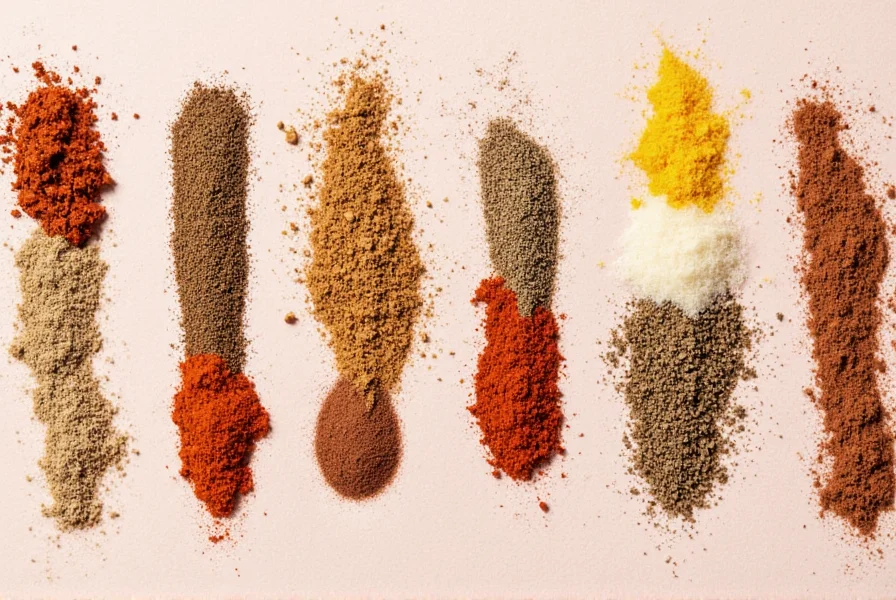
Types of Mustard Seeds
There are three main types of mustard seeds, each with unique flavor characteristics and culinary applications:
- Yellow Mustard Seeds: These are the most common type and are often used in American-style yellow mustard. They have a mild, slightly sweet flavor.
- Brown Mustard Seeds: Slightly sharper and more pungent than yellow seeds, these are commonly used in Indian cuisine and traditional European mustards.
- Black Mustard Seeds: These have a strong, fiery flavor and are widely used in South Asian dishes like curries and chutneys.
| Type | Flavor | Common Use |
|---|---|---|
| Yellow Mustard Seeds | Mild, slightly sweet | Yellow mustard, hot dogs, sandwiches |
| Brown Mustard Seeds | Sharp, pungent | Indian curries, European mustards |
| Black Mustard Seeds | Strong, fiery | South Asian dishes, pickles, chutneys |
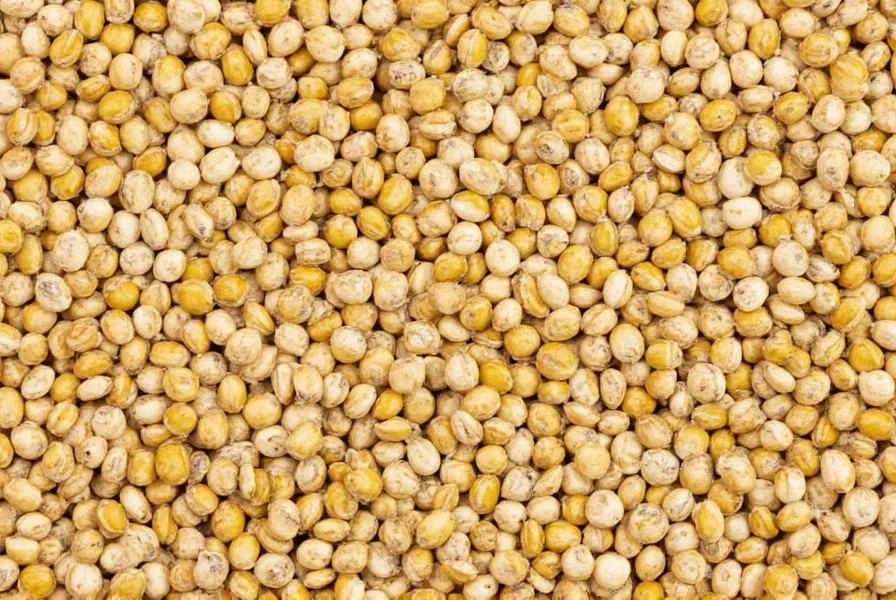
Common Uses in Cooking
Mustard seeds are versatile ingredients used across global cuisines. Their culinary applications include:
- Curries: Especially in Indian and Middle Eastern cuisines, where they're often toasted before being added to the dish to release their flavor.
- Pickles: Black mustard seeds are a key ingredient in many Indian pickle recipes, providing both flavor and preservation properties.
- Salads and Dressings: Sprinkle whole or ground seeds on salads for a nutty, spicy kick.
- Breads and Biscuits: Used in regional breads like German pretzels and Indian flatbreads for added texture and flavor complexity.
- Homemade Mustard: Grinding seeds with vinegar, water, and spices creates superior condiments compared to store-bought versions.
Nutritional Benefits
According to the USDA National Nutrient Database, mustard seeds provide significant nutritional value per tablespoon (5g) serving:
- Rich in Antioxidants: Mustard seeds contain glucosinolates, compounds studied by the National Cancer Institute for their potential role in reducing cancer risk.
- Good Source of Fiber: Provides approximately 1.5g of dietary fiber, which aids digestion and promotes gut health.
- Healthy Fats: Contains omega-3 fatty acids (alpha-linolenic acid), supported by the American Heart Association for heart health benefits.
- Mineral Content: Rich in selenium, magnesium, calcium, and iron—essential minerals for bodily functions.
- Anti-inflammatory Properties: Research published in the Journal of Nutrition suggests compounds in mustard seeds may help reduce inflammation in the body.
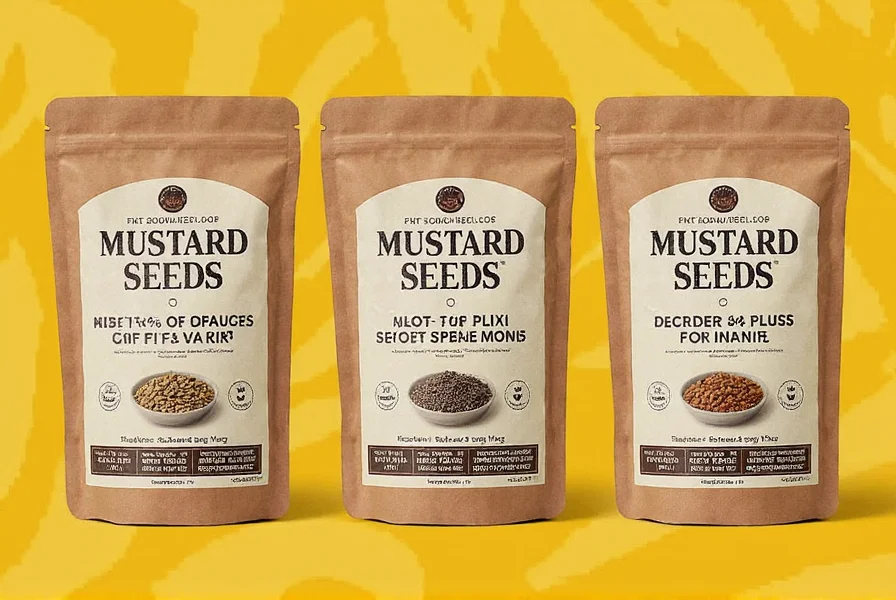
Buying Guide for Mustard Seeds
Key Features to Look For
- Origin: Mustard seeds are grown in countries like India, Canada, and the United States. Indian mustard seeds are often considered high quality due to their flavor profile.
- Color and Size: Fresh mustard seeds should be bright in color and uniform in size. Avoid any that look discolored or broken, as this may indicate age or poor storage.
- Smell: A good batch of mustard seeds should have a strong, pungent aroma. If they smell stale or rancid, they may not be fresh and should be avoided.
- Storage: Look for seeds stored in airtight containers to maintain freshness. Avoid bulk bins where seeds may be exposed to air and moisture.
Practical Tips for Using Mustard Seeds
- Toast Before Using: Toasting mustard seeds in a dry pan enhances their flavor. Just a few minutes over medium heat will bring out their natural oils and aroma.
- Grind for Maximum Flavor: If you want to use them in sauces or pastes, grind them with a mortar and pestle or a spice grinder. This releases more of their volatile compounds, giving your dish a stronger flavor.
- Add at the Right Time: In curries, add mustard seeds early in the cooking process to allow their flavor to infuse into the dish. In salads or dressings, sprinkle them on top for a crunchy texture.
- Pair with Other Spices: Mustard seeds work well with turmeric, cumin, coriander, and garlic. Experiment with combinations to find your favorite flavor profile.
- Store Properly: Keep mustard seeds in an airtight container in a cool, dark place. They can last up to a year if stored correctly.
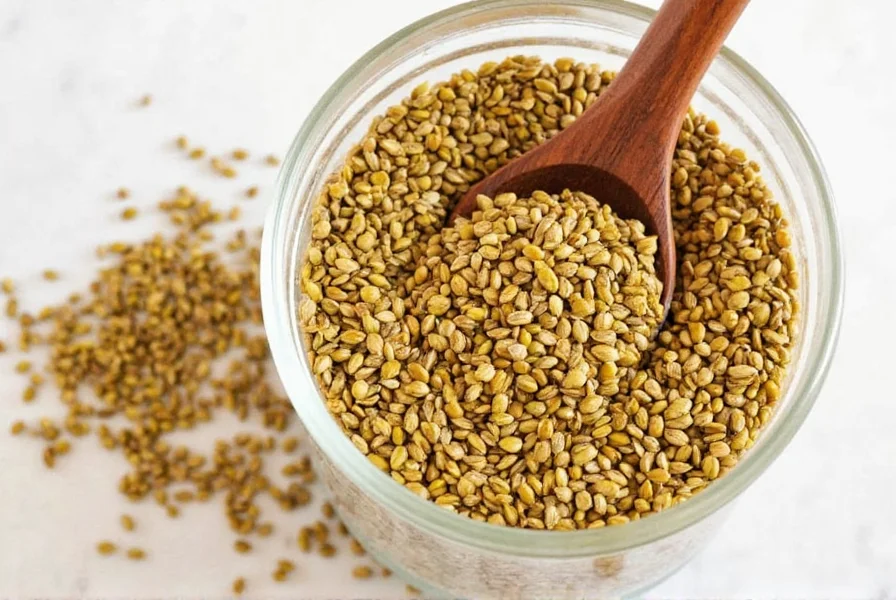
Frequently Asked Questions About Mustard Seeds
What exactly are mustard seeds?
Mustard seeds are small, round seeds harvested from plants in the Brassicaceae family. They come in three main varieties—yellow, brown, and black—each with distinct flavor profiles ranging from mild to intensely pungent. These seeds are the primary ingredient in mustard condiments and have been used globally in cooking and traditional medicine for centuries.
Are mustard seeds safe to eat raw?
Yes, mustard seeds are safe to eat raw in small quantities, though they have a strong, bitter taste when uncooked. For optimal flavor and digestibility, most culinary applications involve toasting or soaking the seeds first. Consuming large quantities of raw seeds may cause digestive discomfort due to their high fiber and enzyme content.
How should I store mustard seeds to maintain freshness?
Store mustard seeds in an airtight container in a cool, dark place like a pantry. Properly stored, whole seeds retain freshness for up to one year. For extended shelf life, refrigerate them—this prevents the natural oils from turning rancid. Avoid exposure to heat, light, or moisture, which can degrade flavor and nutritional value.
Can I substitute one type of mustard seed for another?
Yes, but with flavor adjustments. Yellow seeds can replace brown in mild recipes (like salad dressings), but won't provide the same heat. For black mustard seeds—which have the strongest flavor—use half the amount of brown seeds when substituting. Note that black seeds pop when heated, creating a distinctive texture in Indian dishes that other varieties won't replicate.
What health benefits do mustard seeds offer?
Mustard seeds provide several science-backed health benefits: they're rich in antioxidants like glucosinolates (studied by the National Cancer Institute), contain omega-3 fatty acids (supported by the American Heart Association), offer dietary fiber for digestion, and have anti-inflammatory properties. They also provide selenium, magnesium, and calcium. However, consume them in moderation as part of a balanced diet—excessive intake may cause digestive issues.
Conclusion
In conclusion, mustard seeds are small but nutritionally dense ingredients with diverse culinary applications. Based on USDA nutritional data and culinary research, they offer significant health benefits while enhancing flavor in various dishes. Whether you're making homemade mustard, adding them to curries, or using them as a salad topping, mustard seeds are a versatile and scientifically supported addition to any kitchen.

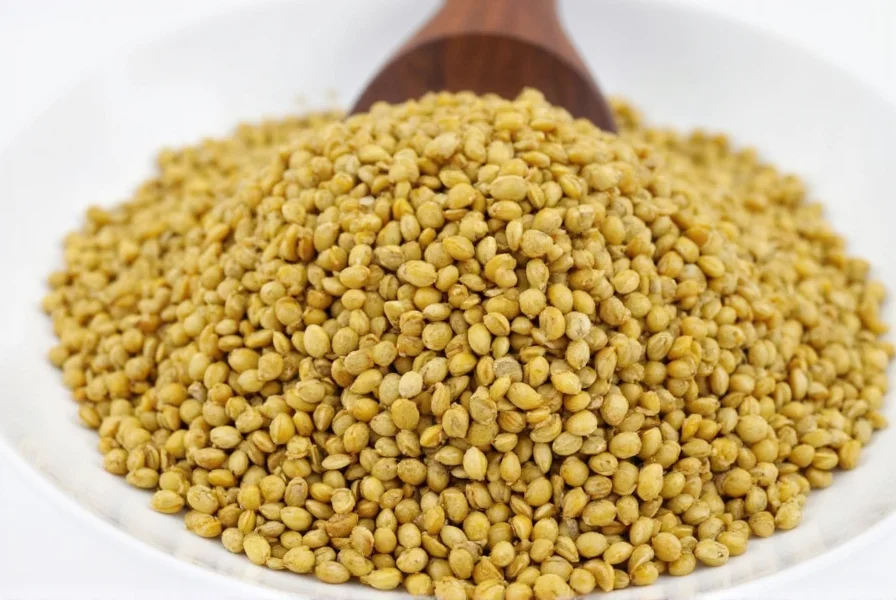









 浙公网安备
33010002000092号
浙公网安备
33010002000092号 浙B2-20120091-4
浙B2-20120091-4